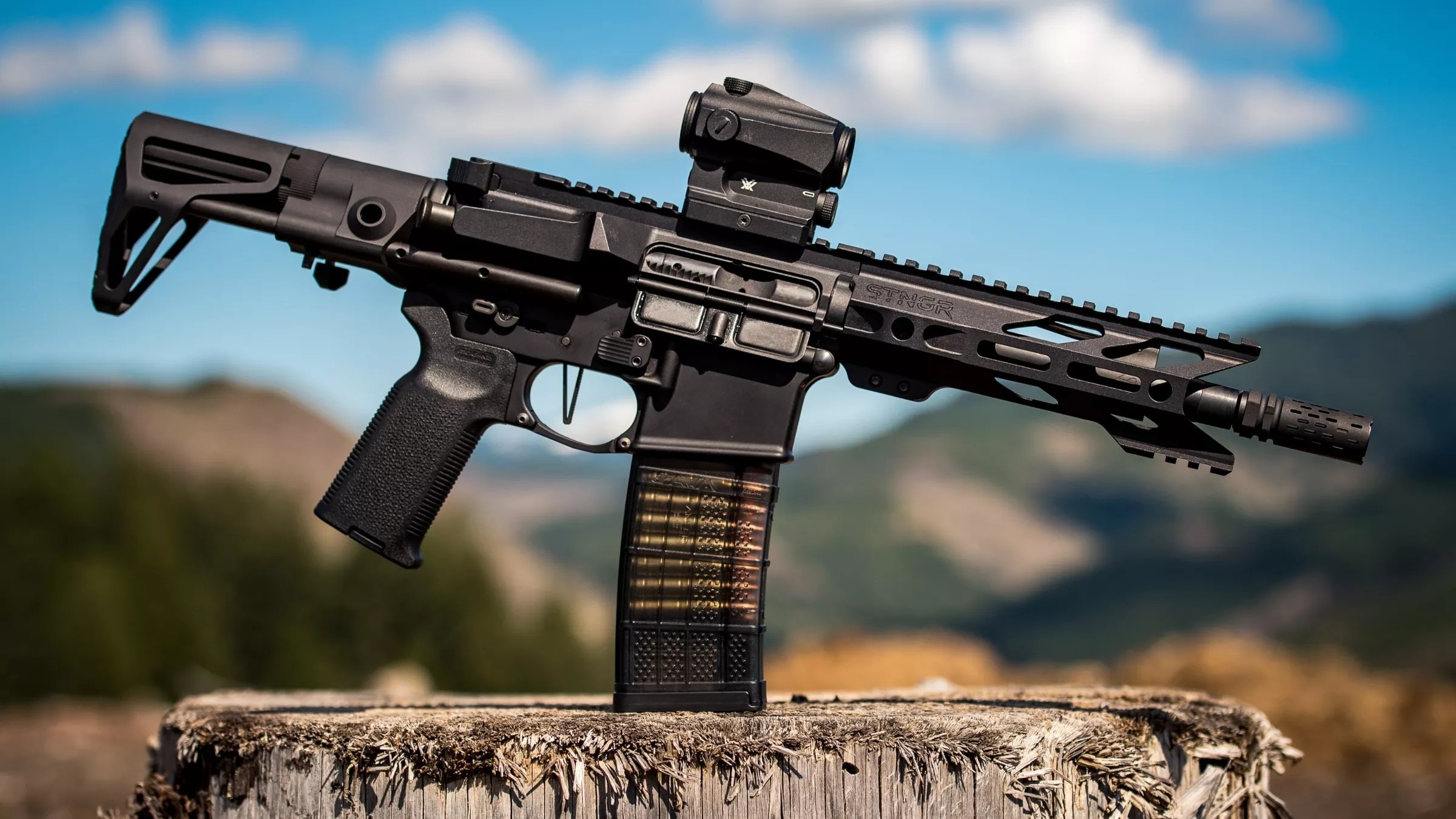
Photo by STNGR Industries on Unsplash

Audio By Carbonatix
This is the second in a series about extreme risk protection orders two years after they were legalized in Colorado. Click to read part one, “Gun Protection Orders Requested in Most Colorado Counties That Rejected Them.”
On January 1, 2020, Colorado legalized extreme risk protection orders, which create a mechanism to restrict access to firearms for individuals deemed a danger to themselves or others. Since the so-called “red flag law” has been on the books, statistics from the Colorado Judicial Branch show that ERPOs were requested 255 times. Of those, 89 were granted through the end of 2021. And almost half of them, or 42, were based in Denver.
Eileen McCarron, who serves as president for the legislative action arm of the advocacy organization Colorado Ceasefire, and Lisa Geller, state affairs manager for the Educational Fund to Stop Gun Violence, based in Washington, D.C., consider the total number of ERPOs issued a good start, albeit one that indicates there’s plenty of room for growth in a system that they believe could reduce deadly firearms incidents on both a small and large scale.
The red flag law was controversial, with 38 of Colorado’s 64 counties eventually declaring themselves ERPO sanctuary counties after sheriffs or other local law enforcement agencies pledged that they wouldn’t enforce the law. But ERPOs were filed in twenty of those 38 counties in 2020-2021.
As for the 89 ERPOs that were approved, they were scattered over 21 counties in Colorado – and nine of those were self-declared sanctuary counties.
“I’m not entirely surprised,” Geller says. “We work in a number of states, and at this point, nineteen states and Washington, D.C. have these orders. They’re not unique to Colorado. I think people like to make a big political statement about them. They’ll say things like, ‘We’re not going to remove these guns unlawfully,’ when, of course, it is lawful, because the laws have been passed. So those are two of the big takeaways from the data – an increase in use, and use among people who may have initially said they wouldn’t use it.”
McCarron emphasizes that opponents of ERPOs “would say, ‘This is just about mental health.’ But it’s really behavioral health – how people are behaving. It’s about what people are doing and are they scaring their families and others about what actions they might take,” either against others or themselves, since protection orders can be used by individuals who fear someone close to them might be suicidal.
She adds: “We must use every tool at our discretion to save lives. Now that ERPOs have been accessible for the last two years, we must make it better known to potential petitioners, so they, too, can save the lives of their loved ones.”
Here are the counties where extreme-risk protection orders were granted in 2020-21, ranked from the fewest to the most ERPOs approved. Sanctuary counties are marked with an asterisk.
Adams County – 1
Archuleta County* – 1
Boulder County-Longmont – 1
Broomfield County – 1
Elbert County* – 1
Larimer County – 1
Montrose County* – 1
Pueblo County – 1
San Juan County – 1
Summit County – 1
Alamosa County* – 2
Arapahoe County -2
Fremont County* – 2
Garfield County* – 2
Routt County – 2
Weld County* – 3
El Paso County* – 4
Boulder County – 5
Douglas County* – 6
Jefferson County – 9
Denver County-Probate – 42
Click to read two studies about extreme risk protection orders: “The Color of Risk Protection Orders: Gun Violence, Gun Laws, and Racial Justice” and “Colorado’s First Year of Extreme Risk Protection Orders.”